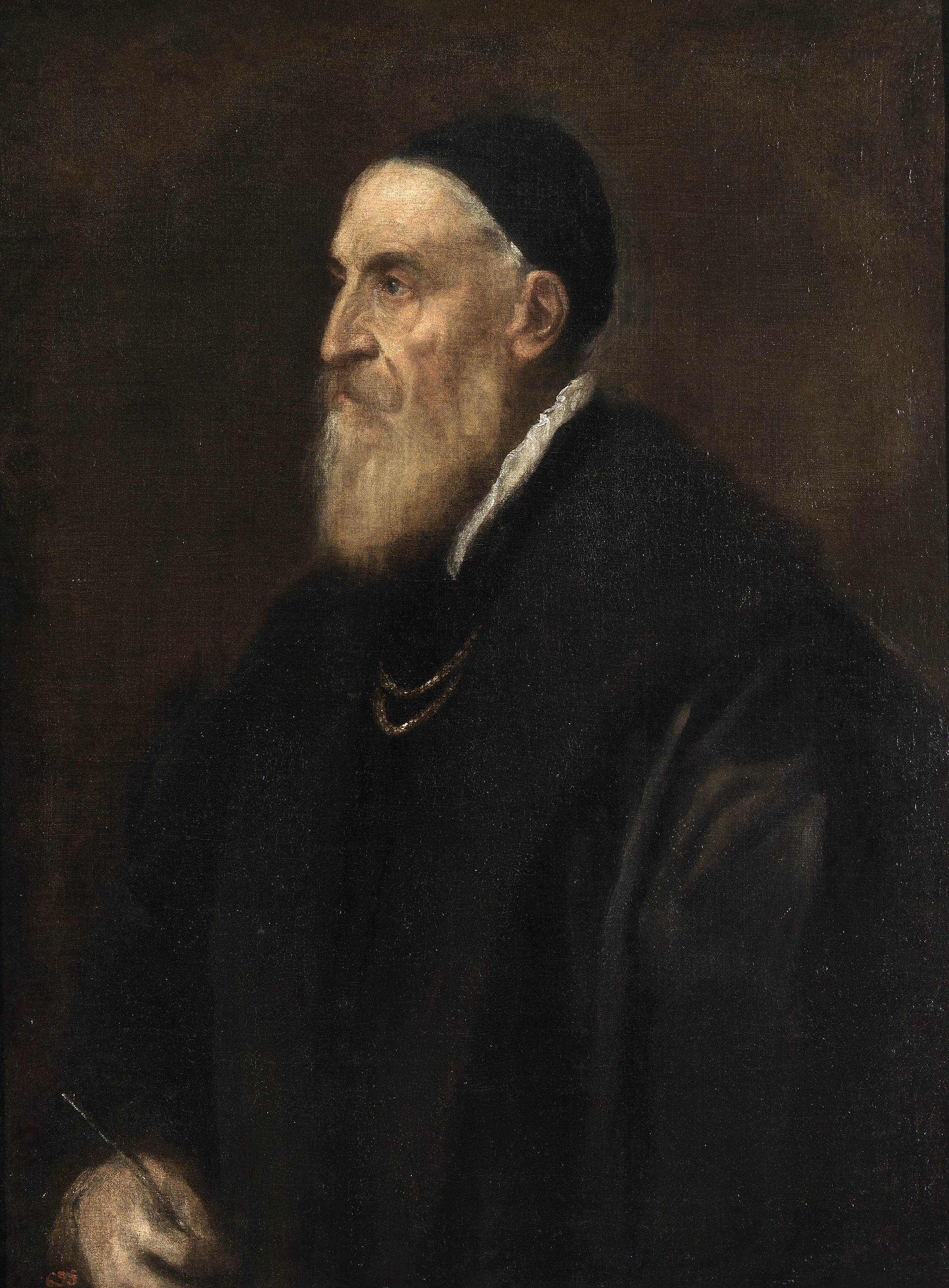4/23/2010
Italian painters -Tiziano Vecellio da Cadore-
Tiziano Vecelli or Tiziano Vecellio (c. 1473/1490[1] – 27 August 1576[2] better known as Titian was an Italian painter, considered the leader of 16th-century Venetian school of the Italian Renaissance.
"The classicism of the Veneto did not find its fundamental expressive force in the use of line to create its images, but in the development of tonal painting, creating noble forms of a solemn plasticity to attain, with Titian, an ideal of ample, monumental beauty, yet anchored firmly in earthly reality." [Umberto Fortis in The Uffizi: A Guide to the Gallery (Venice: Edizione Storti, 1980, p. 85)]
He was born in Pieve di Cadore, near Belluno (in Veneto), in the Republic of Venice. During his lifetime he was often called Da Cadore, taken from the place of his birth.
During the course of his long life Titian's artistic manner changed drastically but he retained a lifelong interest in color. Although his mature works may not contain the vivid, luminous tints of his early pieces, their loose brushwork and subtlety of polychromatic modulations are without precedent in the history of Western art.
Some of Titian's most acclaimed works were the -Assumption- for the Church of S. Maria Gloriosa dei Frari (1518) (in which the soaring movement of the Virgin is said to anticipate the later Baroque period), three paintings for Alfonso d'Este in Ferrara (-the Worship of Venus-, -the Bacchanal- and -Bacchus and Ariadne-) (1518-23), an altarpiece in Ancona (1520), a polyptych in Brescia centered on a -Resurrection of Christ- (1520-2), and the altarpiece for the Pesaro family side altar in the Church of S. Maria Gloriosa dei Frari (1519-26). Also, you can find on our website one of his masterpieces -Ecce Homo- available in print.
Titian remained active until his death in Venice at about age 91. His last work was a -Pieta-' (now in the Accademia Museum in Venice) created for his own tomb and completed after his death by Palma il Giovane.
Subscribe to:
Post Comments (Atom)


No comments:
Post a Comment